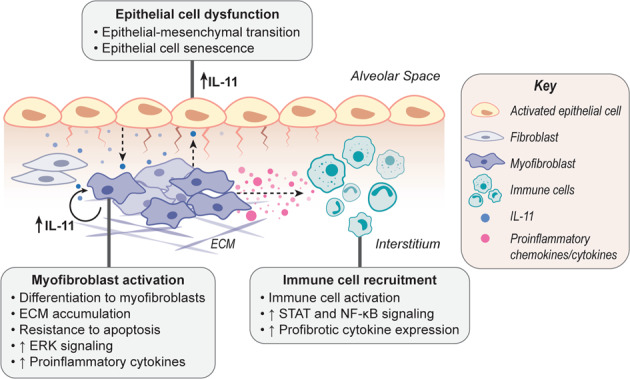Fig. 2. Schematic of IL-11 signaling in epithelial–stromal crosstalk and the development of pulmonary fibrosis.

The damaged epithelium in diseased alveoli upregulates IL-11 and other factors, which in turn cause epithelial dysfunction by inducing epithelial–mesenchymal transition and senescence. Injury signals from the injured epithelium, including IL-11 itself, trigger IL-11 secretion from fibroblasts. IL-11 then acts in an autocrine/paracrine manner to drive/amplify profibrotic fibroblast effector functions, including proliferation, migration, invasion, and myofibroblast differentiation, via an ERK-dependent mechanism. IL-11-stimulated fibroblasts and myofibroblasts also acquire resistance to apoptosis and secrete extracellular matrix components, along with proinflammatory cytokines/chemokines (e.g., IL-6, CCL2, CXCL1), leading to the recruitment and activation of immune cells to the injury site. Inflammation perpetuates a vicious profibrotic loop that further activates fibroblasts. IL-11 expressed by fibroblasts may also contribute to paracrine activation of epithelial cells, causing chronic epithelial dysfunction and impaired regeneration.
